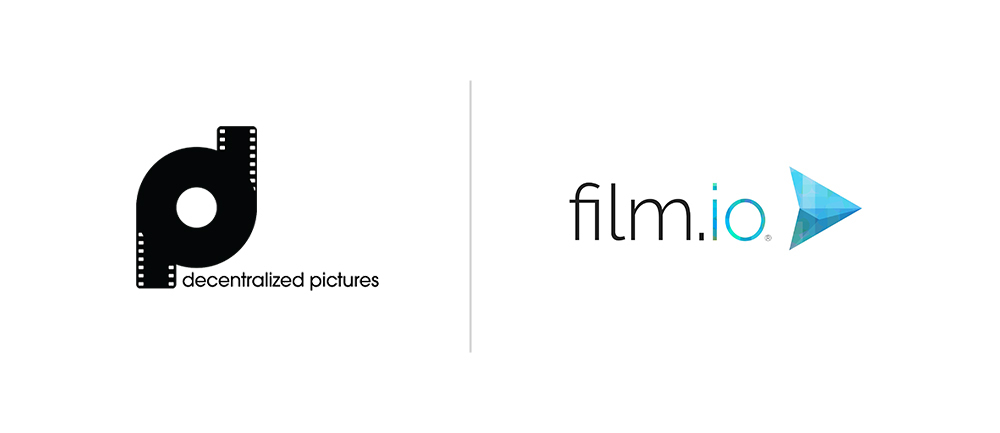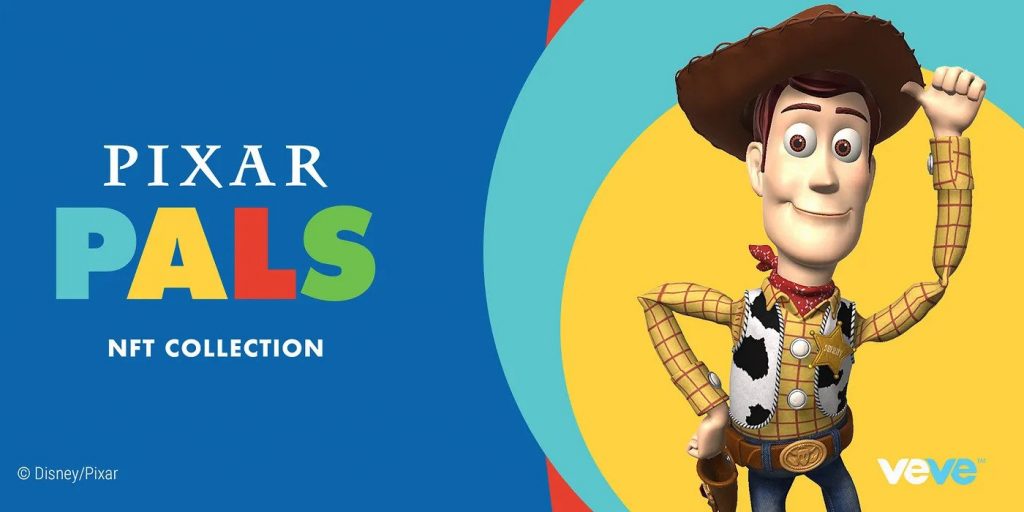Published 14th March 2023
NFT-Backed to the Future: How Web3 & NFTs Could Revolutionise the Film Industry

The American film industry is currently valued at $27.9 billion, with mammoth studios like Warner Bros and Disney consuming the lion’s share of profits. Currently, creatives have a very small slice of the pie, but web3 developers are looking to put power back into their hands.
To many people, the idea of an NFT seems more like an ET: alien and confusing. Most people shrug them off as nothing but overpriced JPEGs.
However, this innovative technology has the potential to become the next superhero to cinema and beyond.
While big studio films are here to stay, a new wave of web3 cinema (coined ‘film3’) is coming to shake up the industry.
Here are some of the ways in which web3 and NFTs are disrupting the space:
Decentralised fundraising
Traditionally, studio heads acquire scripts from writers, and then have the power to either develop the project using directors and actors they choose themselves, or simply abandon the script to lay dormant on the notorious Hollywood ‘blacklist’. DAOs are seeking to disrupt this age-old structure.
Decentralised Autonomous Organisations (DAOs) are collectives of individuals that can come together and invest in a singular vision through the blockchain. The key part of a DAO is that they are community-led with no central authority, meaning that all decisions made within the organisation must be transparent and autonomous. By contributing to a DAO by purchasing its tokens, film fans are empowered to make key decisions and gain exclusive insights into the filmmaking process.
Decentralized Pictures
One of the more prominent DAO-like projects within the film3 space is Decentralized Pictures (DCP), figure-headed by the industry heavyweight Coppola family, which is trying to separate the art from the woes of securing funding from a centralised authority such as a studio.
Through a token-based system, users are able to participate in decision-making and vote on which projects are granted financing. However, whilst DCP works similarly to a DAO, it is ironically not fully decentralised. After voting occurs, projects selected are submitted for review by an expert panel before funding is allocated. Perhaps not the decentralised revolution that was promised, but they’re certainly not the only conspirators taking a stab at the status quo.
Film.io
Film.io launched in May 2022 as the world’s first-ever filmmaking DAO, offering fully on the promise of a decentralised movie studio. The platform is governed using FAN tokens, whilst FILM tokens are used to actually back projects on the platform.
Film.io uses an AI-driven matchmaking system to pair filmmakers with funding, and on the flip side uses a blockchain-based algorithm called the ‘Go Score’ to monitor fan engagement and social media metrics, mitigating risk for financiers.
Platforms like Film.io and DCP are making waves in Hollywood, attracting the eyes of audiences and industry titans alike. So much so that Academy Award-winning director of “Ocean’s Eleven” and “Contagion” Steven Soderbergh invested $300,000 into DCP in the form of a ‘digital pot’ for filmmakers to fund English-language features and shorts on the platform.
Whether this experiment will attract other big names from Hollywood is anyone’s guess, but it’s certainly interesting that names as big as Soderbergh are beginning to notice the film3 space.

Empowering creators
Almost a third of mainstream cinema is sequels and prequels, whilst nearly 60% of so-called ‘original’ movies are actually adapted from pre-existing media such as fiction books and video games.
Whilst most of these films are certainly enjoyable, the reality is that these projects are seen as ‘safe bets’ by studios, and therefore much more likely to be funded by executives who care more about their investment than a creative endeavour.

Film3 offers the promise of limitless creativity, by allowing original ideas to come to the surface and under public scrutiny, rather than being cherry picked by a select few. Filmmakers can also collaborate in a decentralised manner, without the need for intermediaries and with real-time feedback on their work from an invested and supportive community.
Not only does this lend confidence that a project is going to find an audience, but it also means that filmmakers can interact with their audience before release to gauge their expectations and make adjustments in real time.
Creators with original ideas and concepts will be able to present their work directly to the public, giving as many people as possible an opportunity to support art that connects with them personally, rather than just being served a handpicked selection of ‘safe’ films and series.
Ownership & preservation of your favourite films
This new room for creativity is not just constrained to the picture itself, with creators being able to tokenize film assets such as scripts, posters and other memorabilia as NFTs. Not only does this incentivise further audience engagement with the film, but it also enables creatives to access different revenue streams and ensure funding for future projects. It’s also a fun way for the audience to claim ownership over something from their favourite films, leading to hobbyists and collectors generating a whole community from trading and discussing rare NFTs from famous films and series.
Who wouldn’t want to own Woody as an adorable NFT?

To take this further, in the future you could perhaps own your favourite film as an NFT. DVDs and VHS are things of the past, with the majority of media being consumed on streaming sites like Netflix or Disney+. But how annoying is it when that film on your watchlist gets removed from the site the night you sit down to watch it? Ownership of films and TV episodes would change this, returning to the old feeling of certainty that you could watch your favourite content whenever you wanted without the need for an internet connection.
Currently, feature films are unfortunately far too large to be minted as a single NFT. They exist as multiple files, and as such NFTs can only really be used as identifier tags as far as films go.
However, they can be used by archivists to catalogue films and other media with unique identifiers, meaning that a film released in 2023 could be easily found in 2043.
NFTs still have a long way to go before full mainstream adoption, but the concept certainly shows a huge amount of promise in changing how we think about ownership of the media we consume, as well as offering creatives exciting ways to express their work across multiple mediums.
Immersive experiences
Since the pandemic, many people still do not feel safe enough to sit in a movie theatre for multiple hours. This has led to many entertainment providers looking for other ways to engage audiences at home, and in another industry, a different innovative technology is threatening to change how we consume media forever.
Virtual reality, or VR, is bringing audiences into immersive worlds of video games and metaverse spaces. This technology is already being utilised by the gaming industry, but what’s to stop it spilling over into the film industry too?
In fact, it already has. Owners of VR devices can already access a plethora of movies made for VR, with some even blending the mediums of film and game by having interactive sequences throughout a mostly linear experience, such as “Vader Immortal: A Star Wars VR Series”. These experiences can be extremely memorable for the user, as they feel more real than sitting down in front of a TV. More meaningful experiences lead to audiences coming back more reliably in a time when movie-going at the cinema is on a decline.

CineVR could very well remedy that problem; it offers users a virtual cinema that they can share with others, alongside being able to choose what is on the big screen, or even attending public screenings with random users for a more authentic movie theatre experience. VR experiences such as CineVR give families and friends opportunities to enjoy movies together without ever needing to actually leave the house.
Although the barrier to entry is still relatively high compared to what most people can afford, the industry is taking strides in reducing the cost of VR headsets, and they become increasingly attainable every year.
Final thoughts
The world of web3 is immense, the possibilities are endless and the march of progress is unwavering. It’s fair to say that the film industry is at a tipping point, and the decisions made by filmmakers and audiences over the next few years will likely shape the industry for decades to come.
Web3 stands on the frontline of that change, with the democratisation and decentralisation of power within the industry leading to a fairer and more inclusive art form for all.